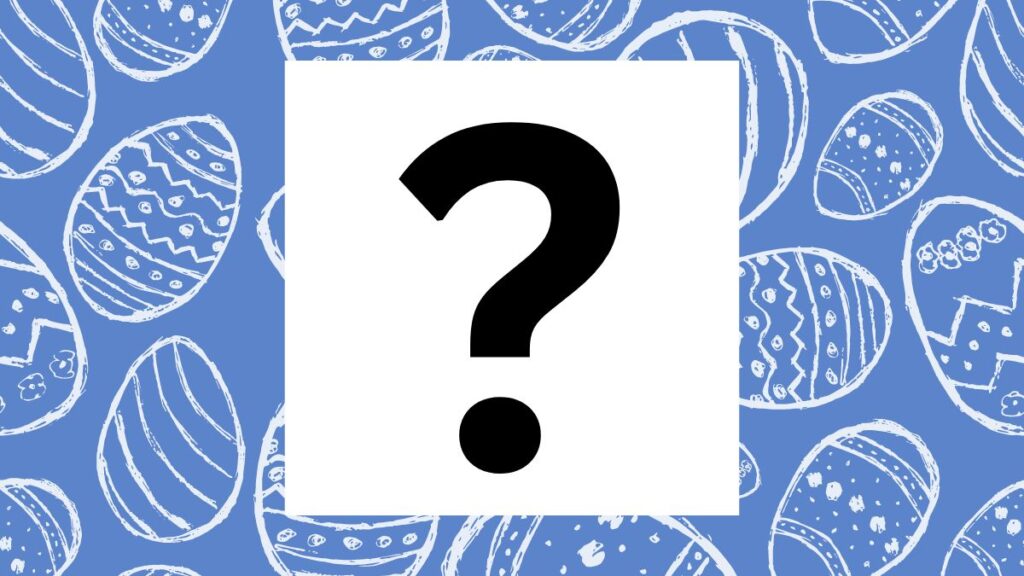By Brian Boone
Easter is a secular holiday as well as a religious one. As such, it’s rife with various and disparate traditions that make the holiday so fun or important to all kinds of people. Can you figure out where some of those standard Easter customs come from? Take the quiz, and check your answers at the end.
Results
Looks like you need to brush up on your holiday trivia! Not to worry, Uncle John’s Weird, Wonderful World will expand your trivia knowledge in no time.
#1. Where does the word “Easter” come from?
B) Eostre was the name of the spring festival celebrating the fertility goddess also known as Eostre. When Christianity took hold in Europe in the first and second centuries, the Church adopted or pagan and folk holidays and added elements of the faith to it. Eostre, and the resurrection of Christ, both represent rebirth, so it was a good fit.
#2. Where in Washington, D.C. was the American capital city’s first public Easter egg hunt held?
A) The first time the government tried to hold an Easter egg hunt for children, they did it on the grounds of the U.S. Capitol in 1872. But so many children showed up and so eagerly found all those eggs that they tore up the turf to such an extent that Congress banned the event from ever taking place on its premises again. In 1878, the Easter egg hunt moved to the White House lawn, where it’s still held today.
#3. What’s the deal with the Easter Bunny?
C) German immigrants settled in Pennsylvania in the 1700s and were misidentified as hailing from the Netherlands. According to a Santa-like myth among the “Pennsylvania Dutch,” the Oschter Haws (“Easter Rabbit”) brought brightly colored eggs to good little boys and girls on Easter morning. It slowly caught on across the U.S. just after the Civil War.
#4. Why do we paint eggs on Easter?
D) In the folktale, it’s the German fertility goddess Eostre who turns her pet bird into a rabbit. Eggs represent rebirth in many cultures around the world and throughout history, including Egypt, Persia, China, and ancient One.
#5. Easter is the U.S.’s second-biggest candy holiday in terms of revenue, trailing only Halloween. Which popular treat propelled the rise of Easter into a major candy holiday?
B) Pennsylvania-based Rodda Candy differentiated itself from the state’s dominant confectionary company, Hershey’s, by selling religious-themed candies and pinpointing Easter as an underutilized candy-buying occasion. In the 1940s, it began selling yellow-dyed chicks made from marshmallows. At first marketed as a decorative item (because they were made by hand and it took 27 hours to make just one), Peeps became a nationally-distributed phenomenon after Just Born bought Rodda and worked out a mass-production process for the marshmallow treats.











